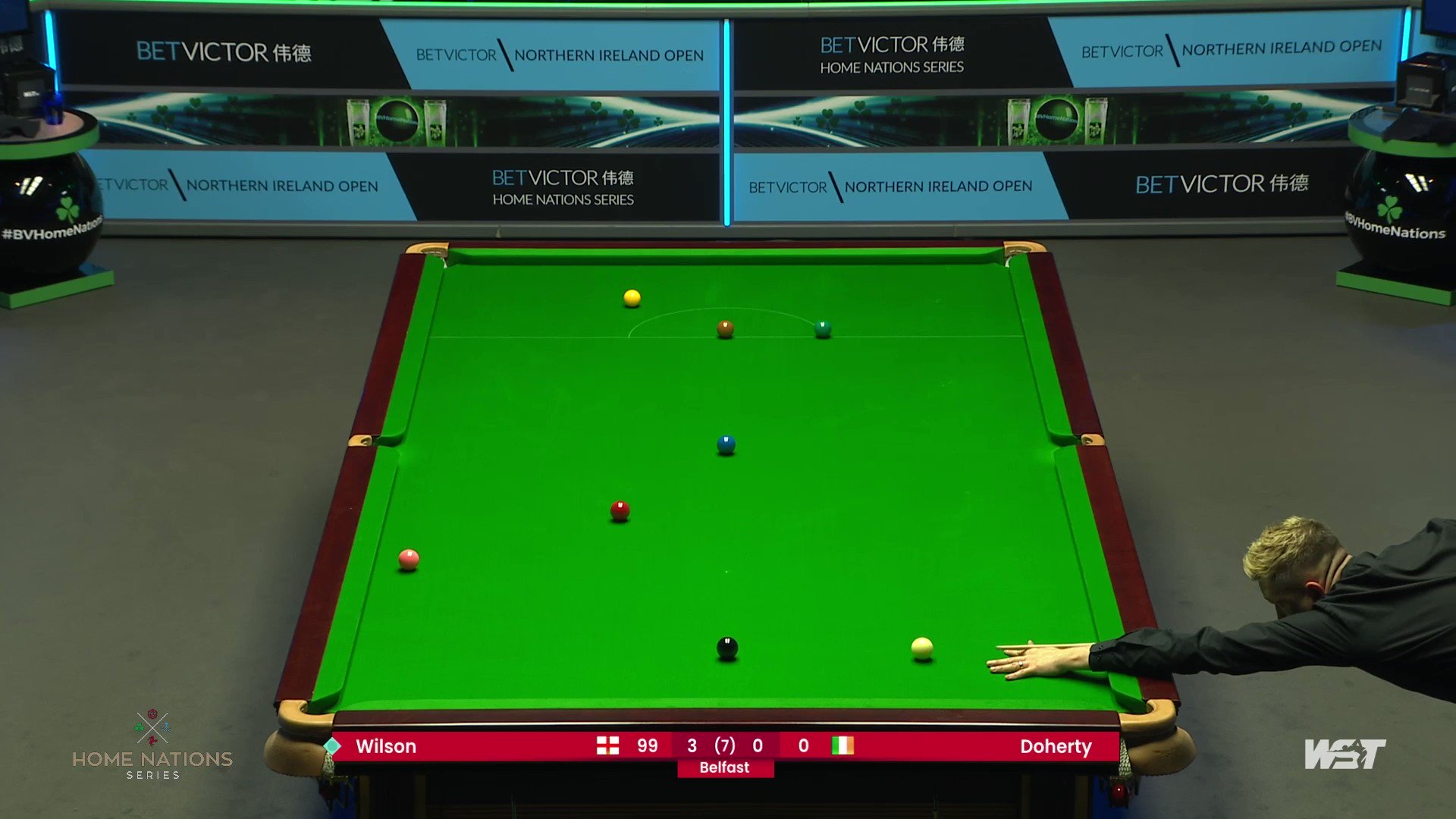
Snooker cues can be made from many different materials. Some are more heavy than others, and others are lighter. Regardless of the material, ash and maple are both great options for snooker cues. Maple is not without its disadvantages so be careful. These woods have varying degrees of whippyness and stiffness, so it's important to be careful when choosing your cue.
Materials used for snooker cues
Ash cues feature clear grain patterns including chevrons or arrows. The graining can make it difficult to bend them straight because they are often uneven and wide. To avoid potential problems, you should carefully choose your cue.
Ash cues were traditionally made from English-ash, but felling laws have reduced their availability. Recent demand has shifted to American ash, which can be made from straight grain. English ash cues are darker and more heavy than the ones in English, and they often display visible chevrons. Maples such as Acer sacrum are also available, but they tend to be more expensive. Maple timber is fully kiln-dried, and then seasoned for at a minimum of 12 months.
The same was rolled and bound.
Ash is a dense, lightweight and durable wood that's great for making a snooker utensil. It isn't as expensive as high-end luxury cues for snooker. It has some flexibility to make it easier to spin the balls. It has a lower deflection that other woods.

Maple and Ash are the two most popular timbers for making cue shafts. Maple and Ash are both very rigid and have great playability. Some models are equipped with brass or polymer ferrules.
Responsive to wear-and-tear
It is essential to care for your snooker cues. They should be kept out of direct sunlight, moisture and heat. It is best to store them on a cue tray. This will protect them against warping and other damage. Protect them from chemicals and abrasive materials like sandpaper.
One way to keep them in good condition is to add weight. Selecting a cue must weigh no less than 17 ounces is advisable. Anything lighter will place strain on your arms. Over acceleration can be caused if your cue is heavier than this.
Add weight to the butt
A proper balance is achieved by the weight of the butt on your snooker cue. While many cues can be made from ash or maple, some are made entirely from it. Some cues are decorated, while others are plain and simple.
The shaft's butt, a lower and heavier piece, is connected to the shaft via a screw. The shaft, on the other hand, is a shorter and narrower part. These two pieces are connected at the butt where a male and female screw go through. Cue joints come in a variety of materials, including brass, plastic and wood. Most common are brass-to–brass joints.

Rolling and bouncing the same
One of the most well-known types of snooker cues is the ash billiard. Ash snooker dice weigh around 18 to 20 ounces. This is lighter than the larger billiards balls. The majority of snooker cues are made of ash, but there are also some cues made from maple.
Ash snooker cues are also less expensive than other materials. The price you pay for them will be based on the wholesale cost. This makes it easy to find a cue that is affordable.